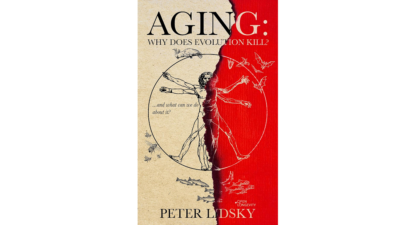New research from Monash University has shown that a single key molecule responsible for cell adhesion and a variety of other bodily functions is also critical in repairing the gut lining and that increasing the presence of this molecule accelerates its repair and regeneration.
Supercharging stem cells
The walls of the gut rely on a strong membrane to provide a protective barrier between the gut microbiome, which is a complex ecosystem of bacteria and other microbial life that inhabits the intestinal tract, and the bloodstream and internal organs.
When this barrier is compromised through damage by infection, trauma, or even age-related loss of integrity, it can lead to various painful conditions and diseases, such as Crohn’s disease and ulcerative colitis.
The new study focused on gut stem cells, how they repair the gut membrane, and what spurs this regeneration [1]. In order to do this, the research team created miniature gut organoids: gut tissue was grown in a dish to emulate the real gut lining and environment, albeit on a smaller scale.
The researchers identified populations of cells located near the gut stem cells, which produce a molecule known as neuregulin 1 (NRG1), which activates stem cells and spurs them to regenerate the gut membrane.
NRG1 is one of four proteins in the neuregulin family that act on the epidermal growth factor receptor (EGFR) family of receptors. Neuregulin 1 is created in various isoforms through alternative splicing, which allows it to perform a wide variety of functions within the body, making it somewhat of a molecular Swiss army knife.
The researchers also found that they could speed up gut repair by introducing additional NRG1, which boosted the repair of the gut lining by activating the steam cells sooner. Not only were cells encouraged to divide as part of this repair but the stem cells were enhanced and had almost supercharged performance compared to normal.
The researchers also demonstrated that recovery is significantly improved with the application of neuregulin 1 following chemotherapy, which frequently damages the gut lining when used.
Epidermal growth factor (EGF) maintains intestinal stem cell (ISC) proliferation and is a key component of organoid growth media yet is dispensable for intestinal homeostasis, suggesting roles for multiple EGF family ligands in ISC function. Here, we identified neuregulin 1 (NRG1) as a key EGF family ligand that drives tissue repair following injury. NRG1, but not EGF, is upregulated upon damage and is expressed in mesenchymal stromal cells, macrophages, and Paneth cells. NRG1 deletion reduces proliferation in intestinal crypts and compromises regeneration capacity. NRG1 robustly stimulates proliferation in crypts and induces budding in organoids, in part through elevated and sustained activation of mitogen-activated protein kinase (MAPK) and AKT. Consistently, NRG1 treatment induces a proliferative gene signature and promotes organoid formation from progenitor cells and enhances regeneration following injury. These data suggest mesenchymal-derived NRG1 is a potent mediator of tissue regeneration and may inform the development of therapies for enhancing intestinal repair after injury.
Conclusion
This research could prove useful for developing treatments for diseases such as Crohn’s disease and ulcerative colitis as well as combating the general loss of gut membrane integrity, which is typically seen during aging and can increase microbial burden and systemic inflammation.
Literature
[1] Jardé, T., Chan, W. H., Rossello, F. J., Kahlon, T. K., Theocharous, M., Arackal, T. K., … & Kerr, G. (2020). Mesenchymal Niche-Derived Neuregulin-1 Drives Intestinal Stem Cell Proliferation and Regeneration of Damaged Epithelium. Cell Stem Cell.








